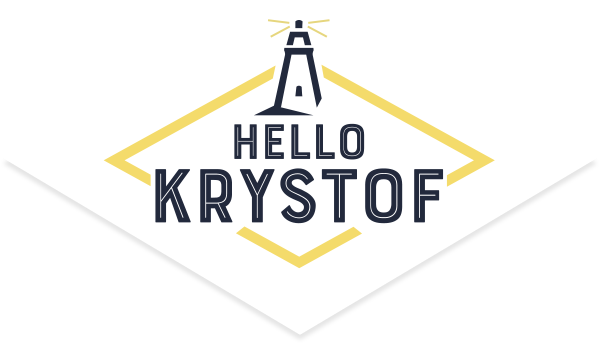
Paid leave for prenatal care is poised to become a national women’s health initiative. That’s now that New York has become the first state to mandate a standalone entitlement to paid prenatal leave.
In April, New York Governor Kathy Hochul signed an amendment to New York labor law to require employers to provide up to 20 hours of paid leave in a 52-week period for pregnant employees to attend prenatal medical appointments and procedures. The provision takes effect Jan. 1, 2025.
“I think other states and other governors who share a similar set of values in prioritizing women’s health, hopefully will follow,” said Reshma Saujani, founder and chief executive of Moms First, a campaign of the nonprofit Girls Who Code.
The federal government’s Family and Medical Leave Act provides job-protected leave for prenatal care or when an expecting mother is unable to work because of her pregnancy. The act entitles covered employees to up to 12 work weeks of leave in a 12-month period. However, while their job is protected during this time, the leave is unpaid.
Washington D.C. has enacted a similar law to what New York recently passed, allowing for up to two weeks of paid leave to receive pregnancy-related medical care. The D.C. law also allows for another 12 weeks of paid leave after a baby is born.
These laws are predicated on medical research showing that prenatal health care tends to result in better health outcomes for mothers and their babies.
“The concept is that working mothers should haven’t to dip into their sick leave bank and draw down on that bank for health care associated with having a baby,” said Harris M. Mufson, partner with law firm Gibson, Dunn & Crutcher and a member of the firm’s labor and employment practice. “There’s a view that they should have a separate bank for that condition — that that’s appropriate and properly supportive of working mothers.”
No federal labor law precedent exists
Although FMLA entitles eligible employees to take up to 12 weeks of unpaid leave per year, no federal law generally requires private employers to provide paid leave to employees needing time off for family and medical needs. Likewise, there’s no federal law that covers paid time off for prenatal care.
Paid leave is not a partisan issue, but it hasn’t necessarily been top-of-mind for legislators, Saujani said. “Federally, it’s never passed because I think it’s never been prioritized.”
On the state level, more than a dozen states and at least one local jurisdiction have passed laws requiring private employers to provide paid family and medical leave to their employees. All the laws allow paid leave for the birth of a child or to care for a seriously ill family member, and some states also allow paid leave for other reasons, such as prenatal care, according to Westlaw.
As of January, some 14 states — including California, Colorado, Connecticut and Delaware, as well as Washington D.C. and the city and county of San Francisco — have enacted paid family and medical leave programs.
For its part, New York embedded the new prenatal protections within its paid sick leave laws. At least 18 states, plus Washington D.C. and the Commonwealth of Puerto Rico have passed statewide paid sick leave laws, according to Westlaw. Three of these state laws — Illinois, Maine, and Nevada — allow paid leave to be taken for any reason, not only for sick leave.
States more likely to follow New York’s lead
States that are most likely to pass laws requiring paid leave for prenatal care are those that tend to offer greater employee protections, such as California, Colorado, Massachusetts, Washington, Illinois, New Jersey and Connecticut, said Kelly M. Cardin, shareholder with Ogletree Deakins who focuses on employment law. “I think it’s something that could spread,” she said.
The concept of requiring paid prenatal benefits could be especially compelling given the federal Pregnant Workers Fairness Act, which President Biden signed into law in December 2022 and which went into effect on June 27, 2023. In April, the U.S. Equal Employment Opportunity Commission issued its final regulation to carry out the law, which becomes effective on June 18.
Generally, the PWFA requires employers to provide employees with a “reasonable accommodation” to the known limitations of pregnancy, childbirth or related medical conditions, unless doing so causes an undue hardship. The law does not replace laws that are more protective of workers in this respect. More than 30 states and cities have laws that require employers to provide accommodations for pregnant workers.
Given the federal government’s focus on pregnant workers through the PWFA, it’s likely that states —especially more progressive ones — will follow with additional protections, Cardin said. It also follows a general trend of some states trying to level the playing field for workers when it comes to employee benefits.
Few workers take advantage of paid leave programs
Of course, it’s not just a matter of passing the laws; it’s important to make sure women know they exist, Saujani said.
Though a state like New York has a broadly commended paid family leave program, the utilization of the program remains low, at only 2% of eligible workers, according to data provided to CNBC by Moms First. Saujani said this is reflective of a national trend where only 3% to 5% of eligible workers take any paid leave.
“If no one knows it exists, they aren’t going to be able to access it,” said Saujani, whose organization has built a website that uses AI to help people determine their eligibility for paid family leave in New York. Saujani said Moms First is in the process of rolling this tool out for other states that offer paid leave to help residents of those states figure out whether they are eligible.
This article was originally published on CNBC

